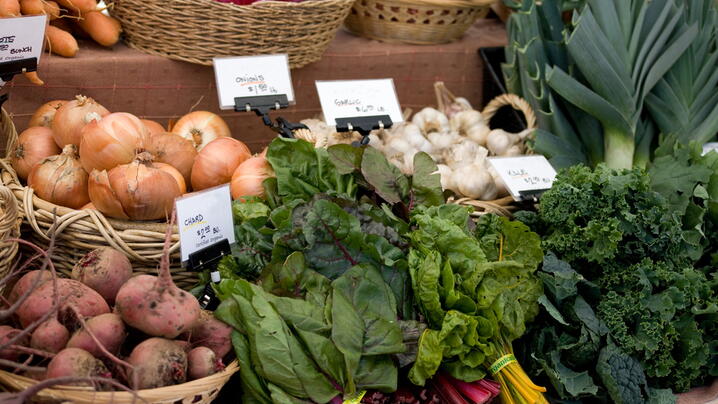Dubuque provides assistance for food, rent, mortgage and utilities. How funding from CARES ACT helps those in greatest need.

In the new "Around the World with ICMA" series, we discuss food challenges with ICMA Affiliate FEDOMU.

On National Agriculture Day, ICMA released regional snapshots of local governments and their local food systems.
East North Central regional profile summarizes key state- and region-level data points from our 2015 survey.
East South Central regional profile summarizes key state- and region-level data points from our 2015 survey.
Middle Atlantic regional profile summarizes key state- and region-level data points from our 2015 survey.
Mountain regional profile summarizes key state- and region-level data points from our 2015 survey.
New England regional profile summarizes key state- and region-level data points from our 2015 survey.
